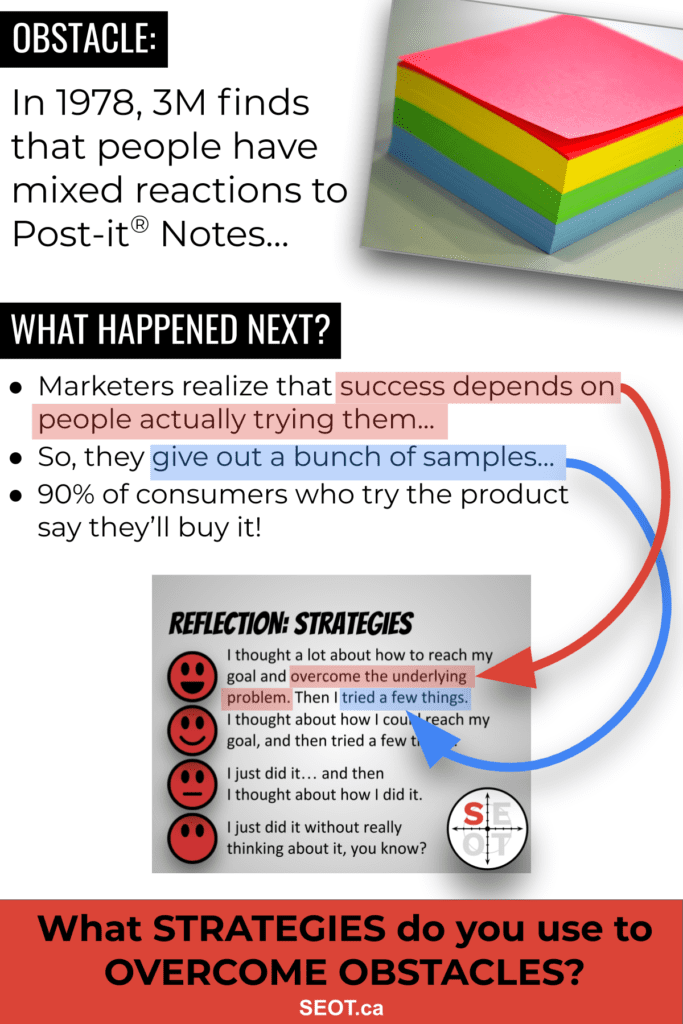This number one US fighter pilot is terrified of flying but dreamed of flying an F-16!
(Psst, that’s the same plane you see in Top Gun: Maverick…)
Keeping A Level Head When Anxiety Is Sky-High (SEL Story 001)
Lt. Col. Rob ‘Waldo’ Waldman has dedicated his life to flying. He is a highly-decorated fighter pilot with over 65 combat missions. He’s also the author of the New York Best Seller Never Fly Solo. Oh, and did I say he’s also an ex-aerophobe? “What’s that?” I hear you ask. You’ll hardly believe it, but it’s someone who fears flying.
Seems pretty unbelievable, right? But trust me, it’s a real-life journey worth strapping in for. The story begins with Waldman as a young boy looking up to his father. His dad was part of the naval airforce and worked as a mechanic at John F. Kennedy International Airport. Waldman would go with his father to work, taking in the surroundings with awe. He remembers his dad coming home after 16-hour shifts. His dad would have cuts on his hands and smelled like jet oil.
“I loved that smell,” he says. He was fascinated on his first airport trip with his father. The rumble of the engines and birds flying above captivated him. His dad sat him in the cockpit of one of the jets. At that moment, the dream was decided. He would grow up to fly planes.
There was only one issue! Waldman was afraid of heights.
But still, firmly, he decided his passion was more significant than his fear. So, in his first year of college, he applied to the Air Force Academy. And thus came his first run-in with anxiety over his long career. A 33-feet high diving board stood in the way of Waldman and graduation. Either he jumped, or he failed. One by one, Waldman watched his classmates leap from the board, 35lbs pack in tow, into the waters below. He was afraid, but there was no way a 33-foot board would stop him from achieving his dreams. So he leaped last, but he jumped, and that’s all that matters.
Due to his bravery, Waldman gained access to pilot training. But unfortunately, there were only a few slots. He missed out on the chance to be a fighter pilot. So, not one to be deterred, Waldman made the wise choice to become an instructor pilot. Still, in the back of his mind, he would always hope that he’d get to fly his beloved F-16 one day.
So far, so good. Waldman had conquered his fear of heights and would spend his days teaching pilots. But the next challenge was around the corner. Tragedy struck when Waldman went scuba diving with his friends. Fresh into the water, Waldman already felt out of his depth. He lost control of the situation. He began to flail. Next, he recalls his mask separating from his face. Waldman breathed in a lungful of burning salt water. Panic set in.
He would later note, “No combat mission could come close to that day.” Even though he swam to the top and was physically fine, the mental scars had been etched.
The next time Waldman took to the air, it was a bleak day. He began to panic as he flew. Even though he was thousands of feet in the air, he felt the same way as when he was hundreds of feet underwater. And it was then that he realized he had claustrophobia. However, this fear wouldn’t be overcome by a leap. Instead, it grew.
He would say, “Words can’t describe the passion I had for flying jets, living my dream, but words also can’t describe some of the fears and doubts I faced every time I strapped into that jet to fly.” As his fear grew bigger than his passion, Waldman knew the answer: keep flying and focus on others. So instead of looking inward, he turned his focus outward. His secret weapon was to become focused on his students. He would help them spread their wings and become the best pilots they could be.
With the wind in his wings, Waldman kept flying. And, despite struggling with occasional claustrophobia, he was ranked number one pilot. Finally, he could choose the jet of his dreams. And, in his own words, “He didn’t want to take the easy way out.” He proudly picked the plane of his dreams. He advised everyone to “choose your F-16 every day; that’s what’s going to get you your wings.”
These days, Waldman works as a public speaker. He shares his inspiration with others. His story has inspired hundreds to take control of their fear and reach their potential.
Primary Source
Watch the video:
I became maniacally focused on them – how can I teach them, how can I instruct them and serve them and help them live their dream…
Lt. Col. Waldo Waldman
Source: GoalCast (YouTube video at 8 min 35 sec)
Teaching Resource
Hey teachers, this website uses ads to help cover costs.
If you would like a handout to use with your students, including discussion questions, answer key, and reading strategy guide (Making Connections), please get the resource.
